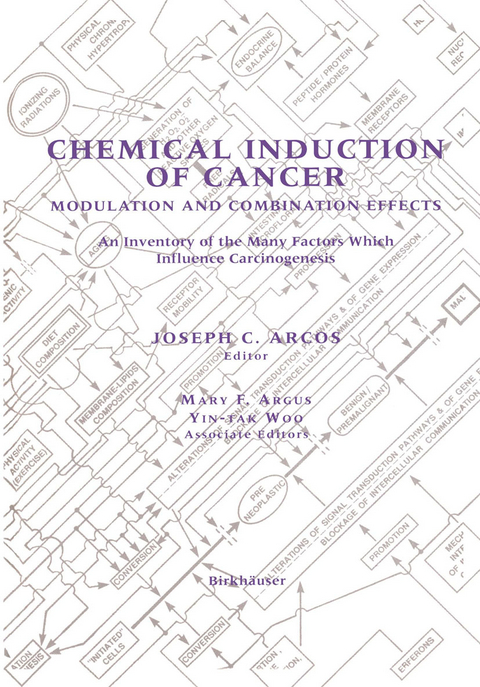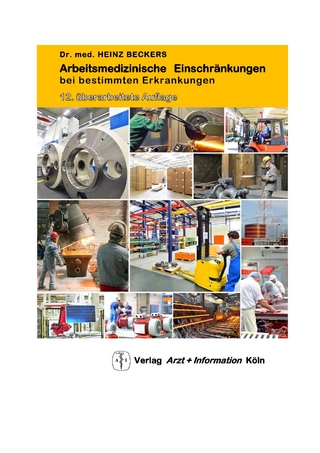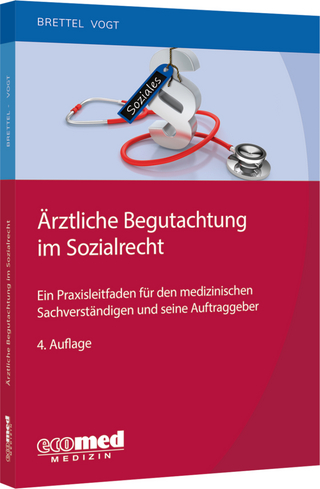
Chemical Induction of Cancer
Birkhauser Boston Inc (Verlag)
978-0-8176-3766-8 (ISBN)
In the approach to the analysis of disease, including, of course, cancer, two major thrusts may be distinguished. These may be referred to, in shorthand, as agents and processes: the causative agents (chemical, microbial, physical, environmental, and psychosocial) and the organismic processes, initiated and furthered by the agents, culminating in observable pathology (at the macromolecular, cytological, histological, organ function, locomotor, and behavioral levels). The past 25 years, since the appearance of the first volume of the predecessor series (1) authored by the Editors of this present volume, have seen an impressive number of studies on chemicals (and other agents) as etiologic factors in the induction of cancer. The major emphasis has been on the discovery of many chemical carcinogens of widely different structures, their metabolism by various tissues and cells, and, in turn, their molecular-biochemical effects on the cells. This rapidly expanded body of information, as effectively covered in the predecessor volumes, is an excellent entree to the second half of the overall problem of chemical carcinogenesis, the processes. The active agents trigger a large array of molecular-biochemical alterations to which the target cells, target tissues, and target organisms respond in many select and common ways. This second major aspect of the induction of cancer by chemicals (and by other agents)- the sequence of cellular and tissue changes clearly relevant to cancer-remains the challenge for the future.
Prefatory Chapter Multifactor Interaction Network of Carcinogenesis— A “Tour Guide”.- I. Introduction. The Interaction Network as a Graph.- II. Review of Elements of the Network-An Analysis of Their Interrelationships.- III. Closing Note.- References.- 1 Cross-Reactions between Carcinogens. Modification of Chemical Carcinogenesis by Noncarcinogenic Agents.- 2 Synergism and Antagonism between Chemical Carcinogens.- 3 Synergism in Carcinogenesis: Mathematical Approaches to Its Evaluation.- 4 Inhibition of Chemical Carcinogenesis.- 5 Promotion and Cocarcinogenesis.- Section I Tumor Promotion in Skin.- Section II Tumor Promotion in Liver.- Section IIIA Note on Multistage Carcinogenesis in Other Organs and In Vitro.- Section IIIB Note on Tumor Promoters, Cocarcinogens, and Nongenotoxic Carcinogens.- 6 Computerized Data Management as a Tool to Study Combination Effects in Carcinogenesis.- 7 Intercellular Communication: A Paradigm for the Interpretation of the Initiation/Promotion/Progression Model of Carcinogenesis.- Appendix to Part 1 Chemical Cancerogenesis: Definitions of Frequently Used Terms.- 2 Exogenous Factors and Endogenous Biological Parameters That Modulate Chemical Carcinogenesis.- 8 Immunotoxicology of Chemical Carcinogens.- 9 The Effect of Diet on Tumor Induction.- Section I. Effect of Caloric (Energy) Restriction.- Section II. Modulation by Protein and Individual Amino Acids.- Section III. Modulation by Vitamins.- Section IV. Modulation by Minerals.- Section V. Dietary Fiber and Its Effect on Cancer Incidence.- Editors’ Note I to Chapter 9: Indirect Modification of Chemical Carcinogenesis by Nutritional Factors Through Regulation of the Mixed-Function Oxidase System.- Editors’ Note II to Chapter 9: On Evidence for Preventive Significance of DietarySupplementation.- 10 The Effect of Animal Age on Tumor Induction.- 11 The Effect of Hormones on Tumor Induction.- Section I. Brief Overview of the Endocrine System.- Section II. Hormonal Carcinogenesis.- Section III. Effect of Hormones on Carcinogenesis by Nonhormone Chemical Agents.- Editors’ Note Added in Proof: On the Significance of Environmental Xenoestrogens.- 12 Effect of Genetic Susceptibility on Tumor Induction.- 13 Radiation Injury and Radiation Carcinogenesis with Special Reference to Combination Effects with Chemical Agents.- 14 Mechanisms of Viral Tumorigenesis and the Combination Effects of Viruses and Chemical Carcinogens.- Section I. General Characteristics of Tumor Viruses. Viral and Cellular Oncogenes. Nonviral Oncogene Activators..- Section II. Molecular Biology of Virally-Induced Cell Transformation and Tumorigenesis.- Section III. Viral-Chemical Combination Effects in Tumorigenesis.- Speculative Closing Note.- 15 Effect of Stress on Tumor Induction.- Editors’ Note Added in Proof: Stress Proteins: Heat-Shock Proteins/Molecular Chaperones.- 16 Extremely Low Frequency Electromagnetic Fields and Cancer.- Postscriptum: An Editor’s Musings.
| Erscheint lt. Verlag | 29.2.1996 |
|---|---|
| Zusatzinfo | XXXII, 712 p. |
| Verlagsort | Secaucus |
| Sprache | englisch |
| Maße | 178 x 254 mm |
| Themenwelt | Medizin / Pharmazie ► Medizinische Fachgebiete ► Arbeits- / Sozial- / Umweltmedizin |
| Medizin / Pharmazie ► Medizinische Fachgebiete ► Onkologie | |
| Medizin / Pharmazie ► Pharmazie ► PTA / PKA | |
| Naturwissenschaften ► Biologie ► Biochemie | |
| ISBN-10 | 0-8176-3766-4 / 0817637664 |
| ISBN-13 | 978-0-8176-3766-8 / 9780817637668 |
| Zustand | Neuware |
| Informationen gemäß Produktsicherheitsverordnung (GPSR) | |
| Haben Sie eine Frage zum Produkt? |
aus dem Bereich


